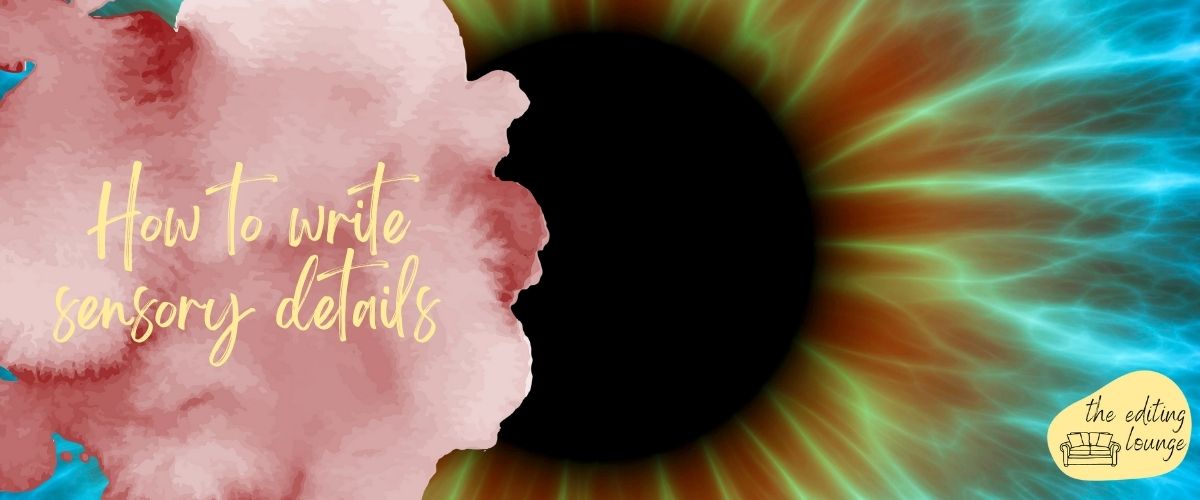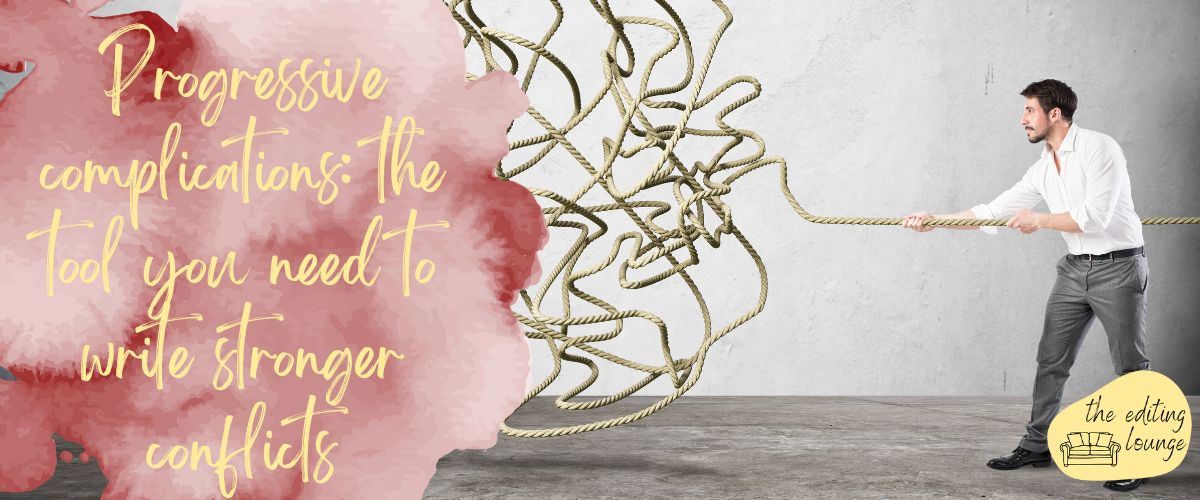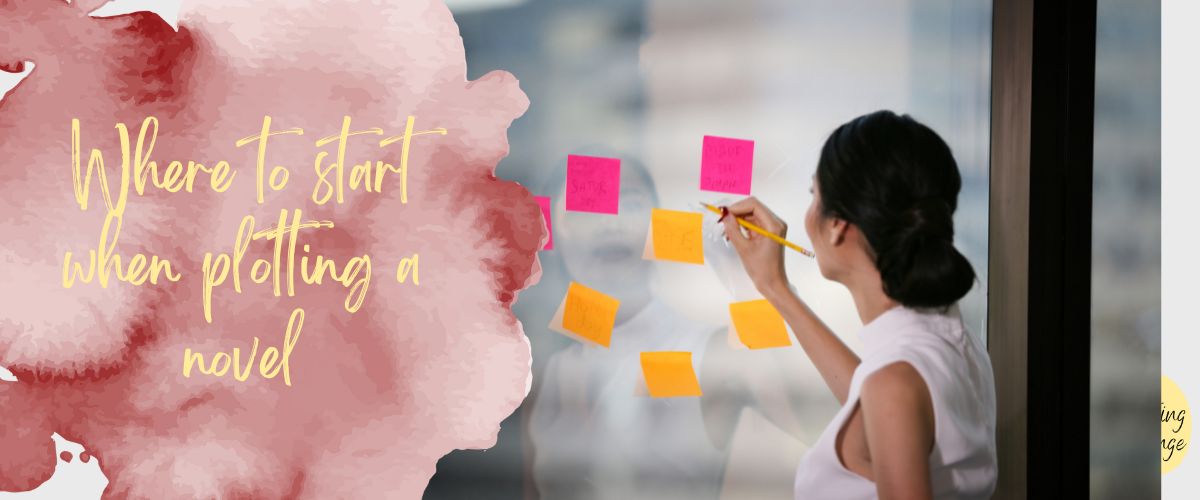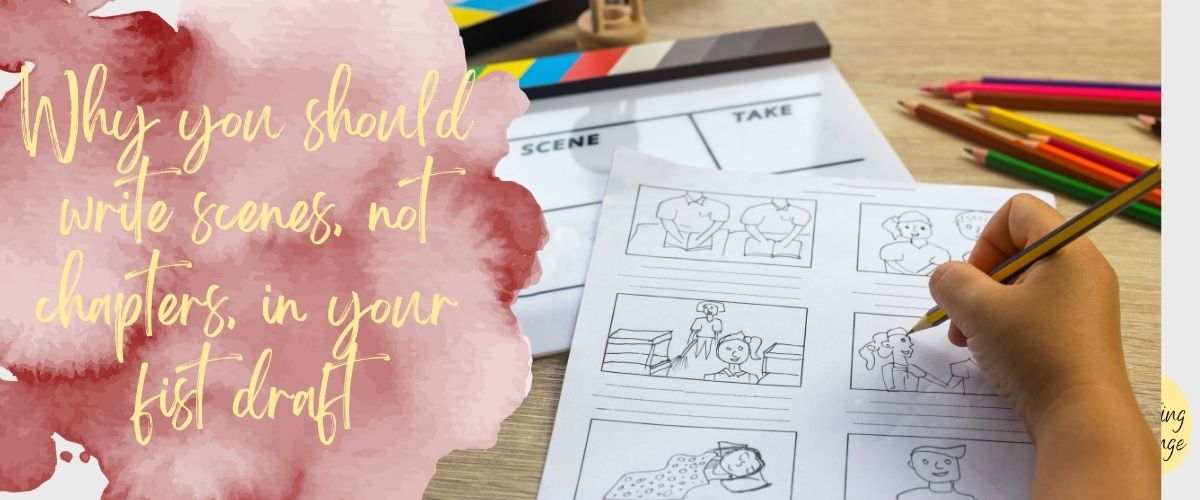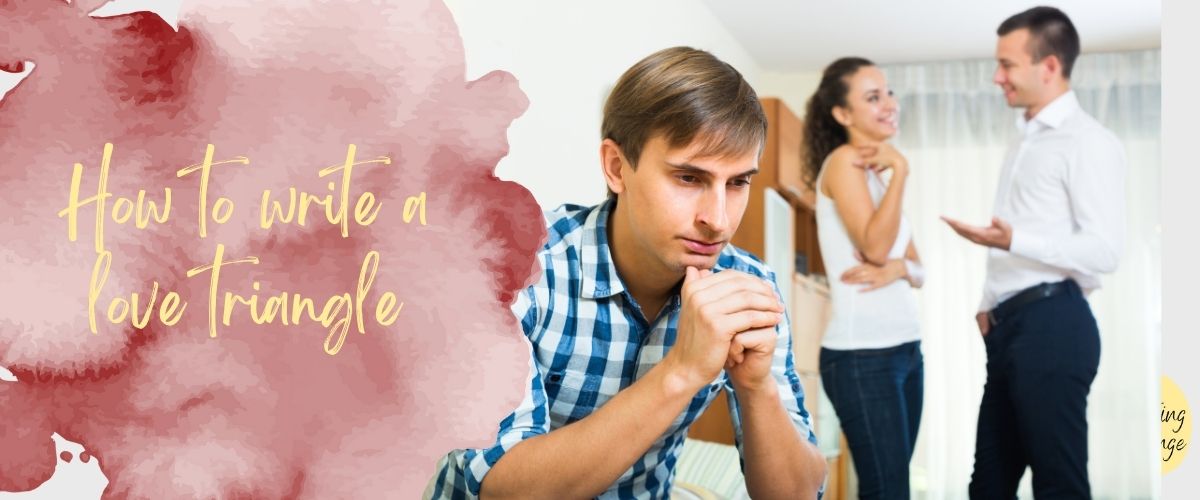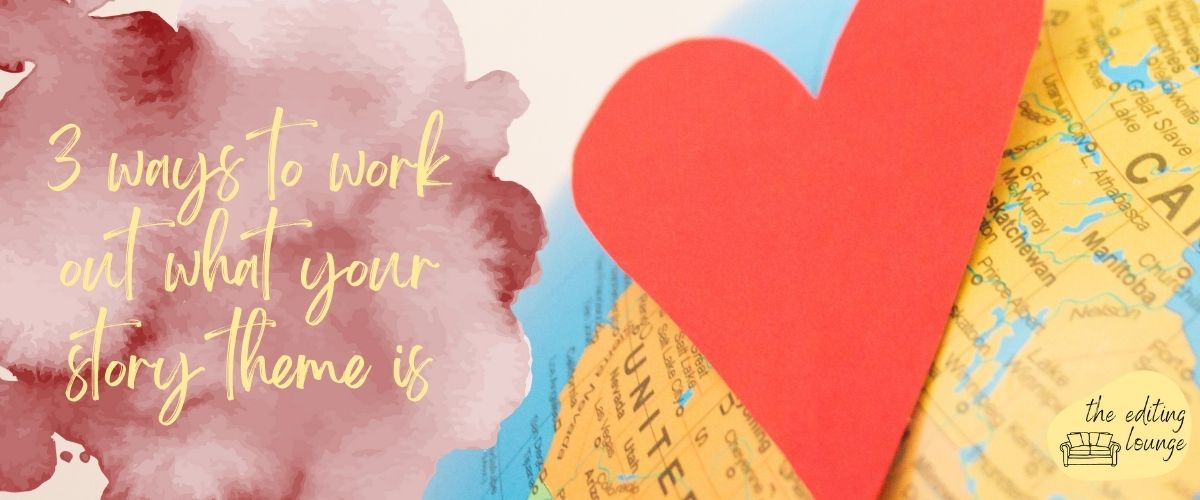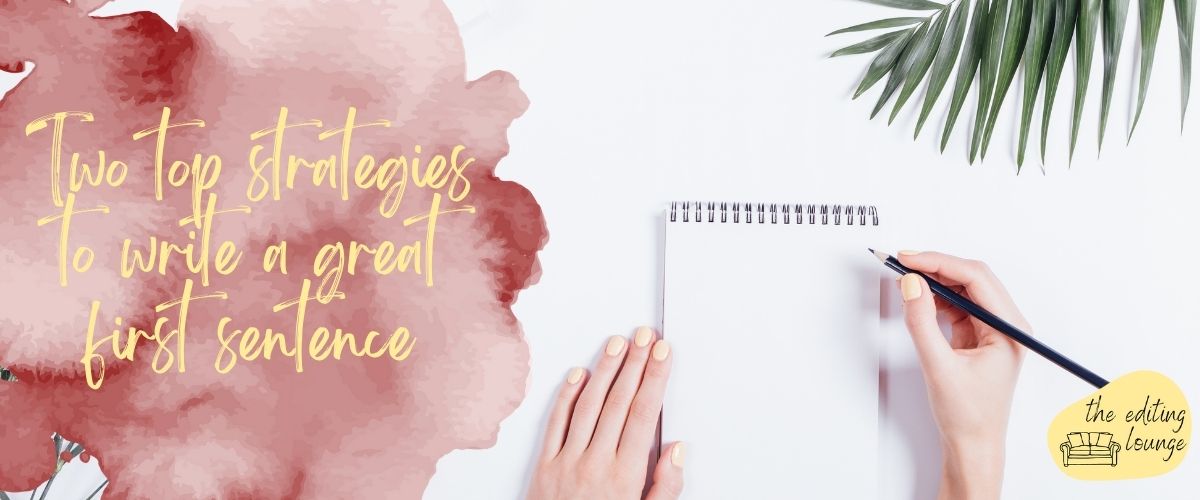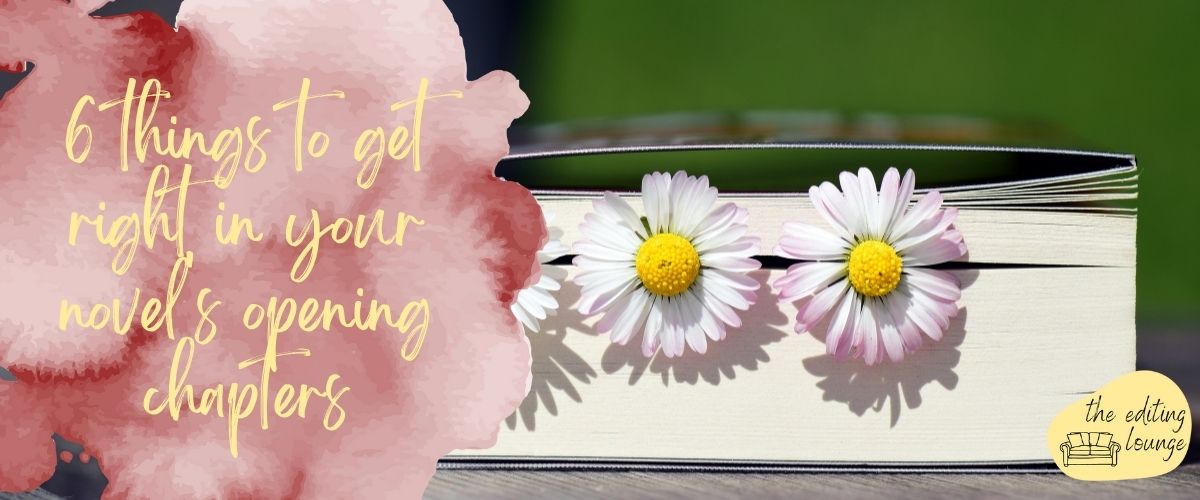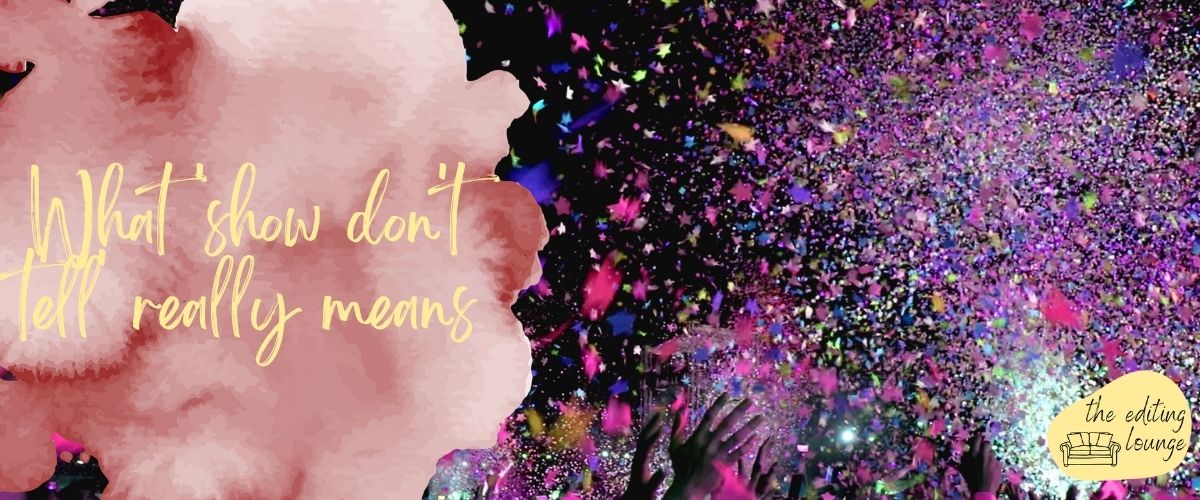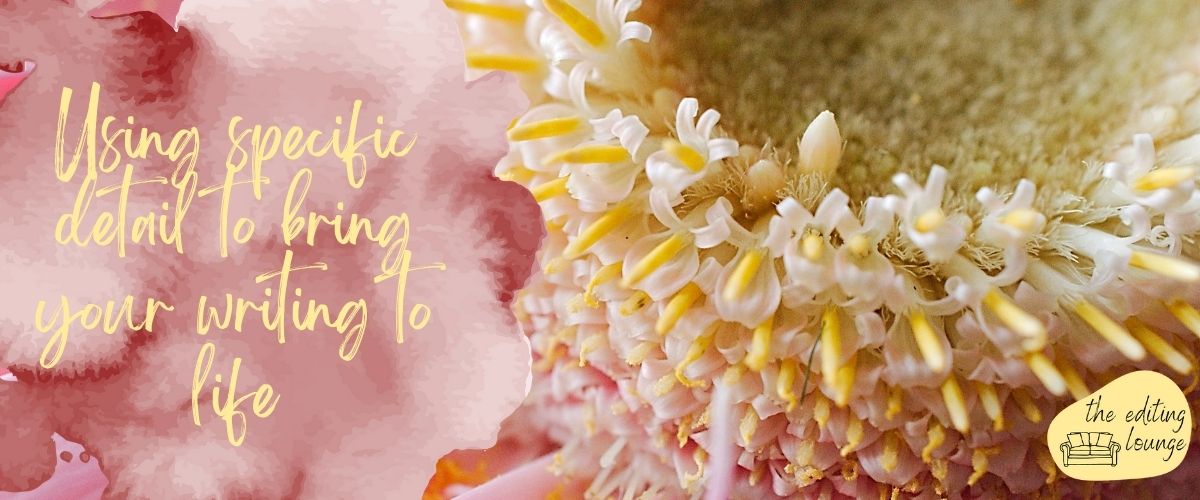When we include sensory details in our writing, we can evoke our readers’ senses of sight, sound, touch, taste, and smell. This is because painting a strong scene in your reader’s imagination helps them pull similar scenes from their own memories.
Here, we’ll explore the science behind why evoking the senses can be so compelling and look at how to write effective sensory details.
What are sensory details ?
Sensory details are descriptive phrases that appeal to our senses by describing how we see, feel, hear, taste, and smell the world around us.

The science behind sensory details

Our brains handle sensory words differently than ordinary words.
A 2011 study published in The Quarterly Journal of Experimental Psychology found that our brains process sensory (‘tangible’) words faster than other words.
And another study, this time published in Brain and Language in 2012 found that a certain part of our brains ‘activates’ when we read sensory words.
Types of sensory imagery
There are five types of sensory details, some of which have sub-senses.
Visual imagery is all about what the character can see. Explore physical attributes like colour, size, shape, shadows, shade, lightness, and darkness.
You can heighten your sensory details by integrating more than one of these aspects in your description. So, don’t just tell us that the dress was lemon yellow. Show us the shadow falling across the dress, the shape of the fit, and the way that it hangs on the back of your character’s bedroom door.
Taste imagery is all about flavour. Explore texture, sensation, and the five main tastes: sweet, salty, bitter, sour, spicy and umami.
Tactile imagery is all about touch. Explore textures, moisture, smoothness, softness, and sharpness.
Tactile imagery extends to kinaesthetic imagery, which is all about the feeling of movement. Although this is similar to tactile imagery, kinaesthetic imagery is more about full-body sensations, often internal. Think about pressure, weight, itches, and temperature.
Auditory imagery is all about what the character can hear. Pair dialogue with interruptions from other noises, e.g. a plane flying overhead, loud music, or machinery.
And you can go further than just telling readers what the noise is. Think about volume, pitch, and timbre (the tone of the sound, ideal when describing character voices).
Scent imagery is all about what the character can smell.
Scent is one of our most direct triggers of emotion and memory, but it can be difficult to describe.
Sometimes, using simile can help you describe a smell more effectively than trying to describe a smell in concrete terms.
Some of the most common smells include fruity, fragrant, sweet, minty, nutty, woody, pungent, burning, decaying, and chemical.

When to use sensory details
Writing sensory details is about much more than noting colours and basic smells, sounds, and tastes. The trick is to integrate the tips above at strategic moments when you want to immerse your reader in an important moment and/or build tension.
Need help with this?
About Charlotte

Charlotte is an award-winning writer and line/copyeditor who writes and edits for clients all over the world. She also works on the fiction team for Ambit, a UK literary and arts magazine.
She holds an international literary prize from Hammond House Publishing Group, two writing-related degrees, various marketing certifications, and training certificates from the Chartered Institute of Editing and Proofreading, of which she is a Professional Member.
Charlotte’s work has appeared in several anthologies, magazines, and literary journals, including Indigomania, Dream Catcher, and The Curlew.
She has also created a series of free self-editing cheat sheets to help new writers hone their fiction before sending their work off to a professional editor.
Progressive complications: the tool you need to write stronger conflicts
Conflict is essential to stories of all kinds. A story can’t exist with conflict. If your character could get whatever they wanted at the beginning of the story, there would be no reason to write it. Whether you’re writing a novel or a short story, conflict is what keeps your story going, what keeps the…
Where to start when plotting a novel
It’s arguable that the most important thing a novel should do is follow an arc of change. If nothing changes, do you really have a story? So, perhaps the first step to take when plotting your novel should be to decide, at the simplest level, what’s going to change. That’s easier said than done, but…
Why you should write scenes, not chapters, in your first draft
Plotting and writing a string of chapters long enough to fill a book is daunting. It’s impossible to know how many chapters you’ll need. And it’s impossible to order all of your chapters before you start writing and feeling your way around. That’s why it’s much easier to write your first draft in scenes instead…
How to write a love triangle
Although readers love a well-written love triangle, writing one is easier said than done. Love triangles that aren’t carefully plotted often end up predictable and clichéd. But when well developed and carefully thought out, love triangles can be great, moving plot devices that strengthen your story. What is a love triangle? A love triangle is…
3 ways to work out what your story theme is
I don’t need to know what my story theme is, I hear you say. Just let me crack on with my writing. I know. Hitting pause to think about your theme doesn’t feel like a priority when you’ve got all these great story ideas to get down on paper. Plus, some writers feel that identifying…
2 top strategies to write a great first sentence
Regardless of which genre you write, your first sentence needs to seduce your readers. Perhaps your first sentence is an invitation. A promise. A tease. A shock. A declaration. Whichever approach you adopt, this sentence must be irresistible. It must hook readers and pull them into the page. (Remember that lots of potential buyers read…
6 things to get right in your novel’s opening chapters
Writing a novel is a massive undertaking, regardless of how many books you’ve already written. And, no matter how many how-to books you’ve read and how many fiction workshops you’ve attended, it’s easy to miss the fundamentals when writing your opening chapters. When you submit your novel to an agent or publisher, they will almost…
How to write sensory details
When we include sensory details in our writing, we can evoke our readers’ senses of sight, sound, touch, taste, and smell. This is because painting a strong scene in your reader’s imagination helps them pull similar scenes from their own memories. Here, we’ll explore the science behind why evoking the senses can be so compelling…
What ‘show don’t tell’ really means
Lots of editors are quick to tell writers ‘show, don’t tell’. But this advice has been given so many times that we often forget to explain what it really means. I’ll break down the concept here so you can make the most of this advice. In brief, ‘telling’ is explaining what’s happening. Meanwhile, ‘showing’ is…
Using specific detail to bring your writing to life
Adding detail is essential to writing great fiction. But how specific is the detail in your manuscript? If I had received a pound for every time one of my writing tutors circled a phrase in my fiction with a note saying ‘specific detail please’ during my MA days, I’d be rich. There are likely lots…



